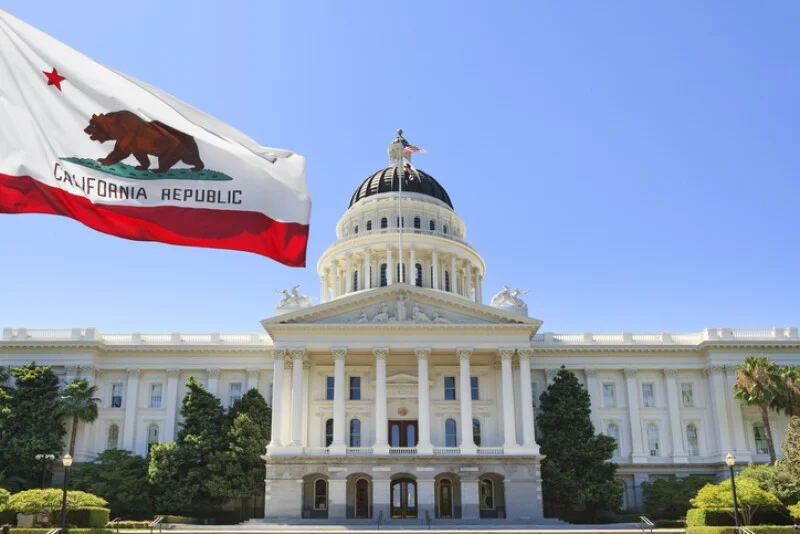
California Carbon Allowance Market: A Trial of Commercializing Emissions
In a pioneering move to combat climate change, California has launched the Carbon Allowance Market, a system designed to commercialize emissions and reduce greenhouse gases. This market operates under the state's cap-and-trade program, which sets a limit on the total amount of certain greenhouse gases that can be emitted by covered entities. Companies are given a certain number of carbon allowances, each representing a permit to emit one ton of carbon dioxide or its equivalent.
The initiative has sparked both praise and criticism. Supporters argue that by putting a price on carbon, the market incentivizes companies to innovate and reduce their emissions. Critics, however, worry that the system may allow companies to continue polluting as long as they can afford to buy allowances. This debate underscores the complexities of using market mechanisms to address environmental challenges.
The California Carbon Allowance Market is not just a local initiative but has global implications. It serves as a test case for other regions considering similar programs. The success or failure of this market could influence international policy on emissions trading and carbon pricing. As the world watches, California's experiment in commercializing emissions continues to unfold, with potential ramifications for global climate efforts.